 The Nightingale's Castle by Sonia Velton
The Nightingale's Castle by Sonia Velton Format: eARC
Source: supplied by publisher via Edelweiss
Formats available: paperback, ebook, audiobook
Genres: historical fantasy, historical fiction
Pages: 320
Published by Harper Perennial on July 30, 2024
Purchasing Info: Author's Website, Publisher's Website, Amazon, Barnes & Noble, Kobo, Bookshop.org, Better World Books
Goodreads
In the vein of riveting historical novels such as Hamnet and Circe—with a touch of Dracula—a propulsive, feminist reimagining of the story of Erzsébet Báthory, the infamous sixteenth-century Hungarian aristocrat known as the “Blood Countess”, who was rumored to have murdered hundreds of peasant girls and bathed in their blood.
In 1573, Countess Erzsébet Báthory gives birth to an illegitimate child. Secretly taken to a peasant family living in the foothills of the Carpathian Mountains, the infant girl is raised as their own. Years later, a young woman called Boróka—ignorant of her true history—is sent to join the Countess’s household.
Terrified of the Countess’s murderous reputation and the brutally cruel women who run the castle, Boróka struggles to find her place. Then plague breaches the castle’s walls, and a tentative bond unexpectedly forms between the girl and the Countess. But powerful forces are moving against the great lady whose wealth and independence threatens the king. Can the Countess trust the women seemingly so close to her? And when the show trial begins against the infamous “Blood Countess” where will Boróka’s loyalties lie?
My Review:
The name Erzsébet Báthory (or Elizabeth Bathory as it’s often anglicized), invokes one hell of an image. An image that literally belongs in Hell, that of a depraved serial killer who literally bathed in the blood of her victims to maintain her youth and beauty. Countess Bathory, popularly known as the “Blood Countess”, lives in infamy as a kind of pseudo-Dracula if not an actual vampire – although some popular tales even go that far.
That is not the person at the heart of The Nightingale’s Castle. Instead, this reimagining of the life of the infamous alleged serial killer takes an entirely different approach to a historical figure we all think we know.
And thereby, as the saying goes, hangs a tale.
The Nightingale’s Castle begins with young, naïve, reluctant Boróka, press-ganged into the Countess’ service, arriving at the castle to find that the castle is just a castle and not the house of supernatural horror that the reader imagines it will be.
What she finds instead is a place where the upper servants and overseers are cruel and malicious, and the Lady of the Castle, the Countess herself, is wealthy beyond a poor orphan girl’s dreams, but also a bit cool, entirely distant, and not really involved in the day to day running of her castle.
As it turns out, Bathory is much too busy dealing with other matters. She’s wealthy, powerful, and well educated, a force to be reckoned with in spite of her gender because of that same wealth and the lands she controls.
Land and wealth and titles the widowed Countess holds alone – much to the dismay of both the Church and the Crown. Which is where all her problems begin, and her independence eventually ends.

Escape Rating B: This was totally, utterly, absolutely not what I was expecting. Because I was expecting blood and gore and horror – in other words, the popular image of Bathory. What I got instead was the picture of a woman who was a part of her time – and was punished for not knowing her ‘place’.
Instead of following the lurid ‘female serial killer’ story, or the even more scandalous Dracula variations, the author took a dive into the actual history of Countess Bathory to discover that there wasn’t a whole lot of either of those versions of her crimes in circulation at the time she actually lived.
Not that there weren’t plenty of rumors, because she was a woman who held power in her own right and historically that never goes well, but not the truly crazy stuff. There were deaths in her castle over the years, but not more than can be explained by life in the mid-1500s. The documentation for her ‘show trial’, where the fix was clearly in, contain a few off the wall allegations of the “I heard someone else said that” kind – which aren’t exactly evidence of much of anything.
So instead of the “Blood Countess” we have a powerful and intelligent woman as the victim of a conspiracy to take her wealth and her property by accusing her of, essentially, witchcraft. And wasn’t that at the heart of so many witchcraft trials?
It’s easy to fall into this interpretation, because it makes so much more sense than the popular image. And we’ve seen it before. Bathory’s situation reminded me a lot of many of the more even handed portrayals of Anne Boleyn, who also wasn’t guilty of the crimes of which she was accused, but was very much in the way of some powerful people who wanted her out of their way.
The Nightingale’s Castle also – and even more surprisingly – brought to mind Josephine Tey’s classic mystery, The Daughter of Time, in its similar historical reinterpretation of Richard III and Shakespeare’s equally lurid condemnation of that king for the murder of his nephews – a historical figure whose purported villainy is not supported by documentation that was written at the time – only through much later accounts from people who had their own axes to grind.
While this reinterpretation doesn’t hold up entirely in its details, the idea of it, that so much blood and dirt accreted around Bathory’s name because she was a woman who stood up to be counted, because she refused to keep to her place and hide her intelligence and acumen behind a man, rings considerably truer than tales of bathing in the blood of virgins.

 More Days at the Morisaki Bookshop (Days at the Morisaki Bookshop, #2) by
More Days at the Morisaki Bookshop (Days at the Morisaki Bookshop, #2) by  Escape Rating A-: I picked up More Days at the Morisaki Bookshop because, having fallen in love with the first book,
Escape Rating A-: I picked up More Days at the Morisaki Bookshop because, having fallen in love with the first book,  So maybe don’t listen to that part while you’re driving because the urge to cry right along with Takako is pretty much irresistible.
So maybe don’t listen to that part while you’re driving because the urge to cry right along with Takako is pretty much irresistible.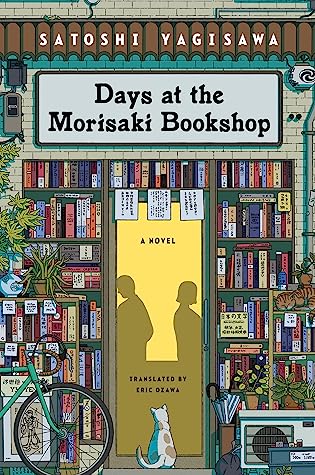 Days at the Morisaki Bookshop by
Days at the Morisaki Bookshop by  Escape Rating A-: This is simply a lovely story. It’s a bit of a combination of
Escape Rating A-: This is simply a lovely story. It’s a bit of a combination of 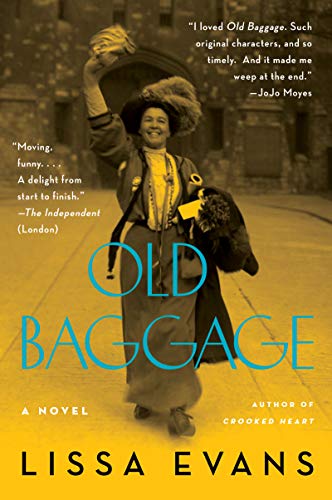 Old Baggage by
Old Baggage by 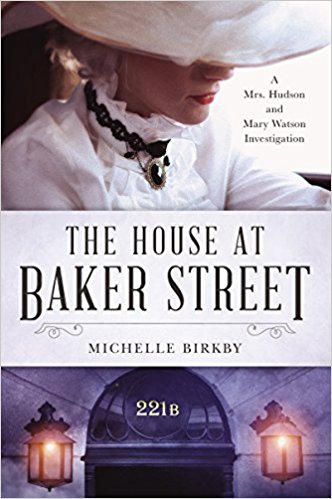 The House at Baker Street (A Mrs Hudson and Mary Watson Investigation #1) by
The House at Baker Street (A Mrs Hudson and Mary Watson Investigation #1) by 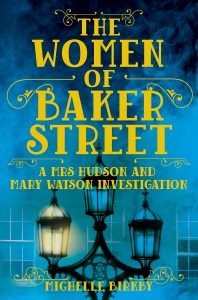 That Hudson and Watson discover in the end that evil, is in fact hunting them makes for the perfect ending – and effectively slots the first case of Hudson and Watson into the greater arc of Holmes and Watson’s long-running battle with the greatest criminal mastermind of their generation.
That Hudson and Watson discover in the end that evil, is in fact hunting them makes for the perfect ending – and effectively slots the first case of Hudson and Watson into the greater arc of Holmes and Watson’s long-running battle with the greatest criminal mastermind of their generation.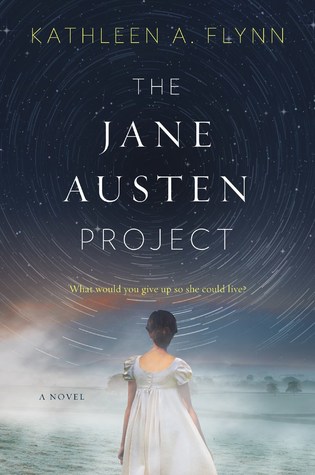 The Jane Austen Project by
The Jane Austen Project by